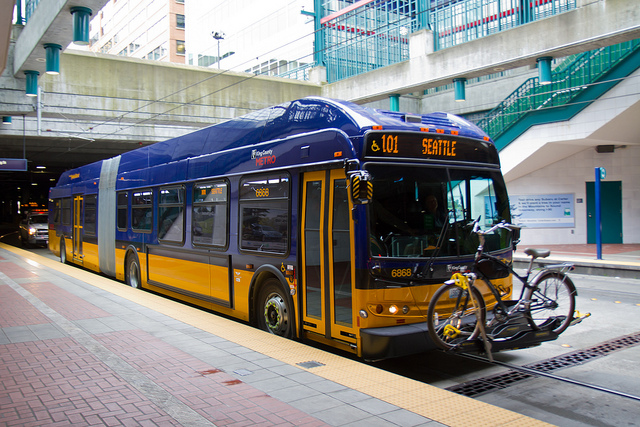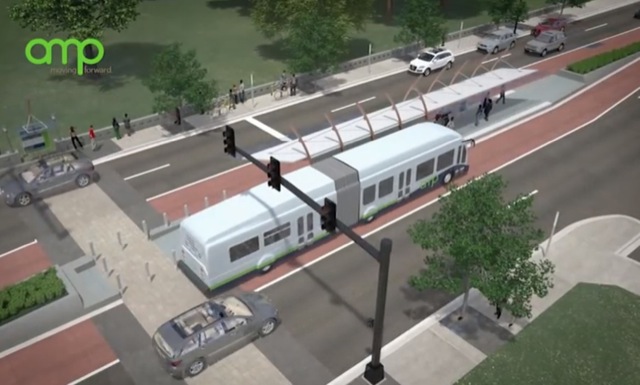“Who needs traffic lights?” is the name of the YouTube video shown below. It shows an intersection in Ethiopia in which some fourteen lanes of traffic cross six more, with pedestrians wandering amidst vehicles turning right, left, and going straight unhampered by signals, signs, or seemingly any conventions other than to drive on the right.
This video seems to support proposals by many urban planners that streets would be safer if there were fewer, not more, signals and signs. At the extreme is the late Hans Monderman, a Dutch traffic planner who advocated getting rid of street signs, signals, and crosswalks.










